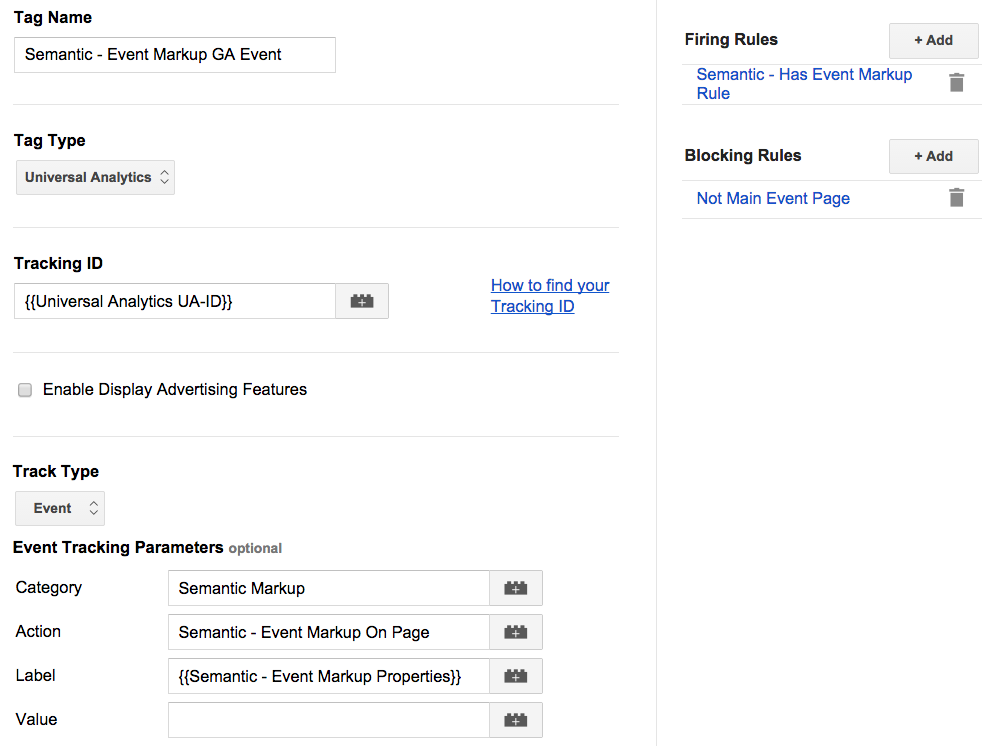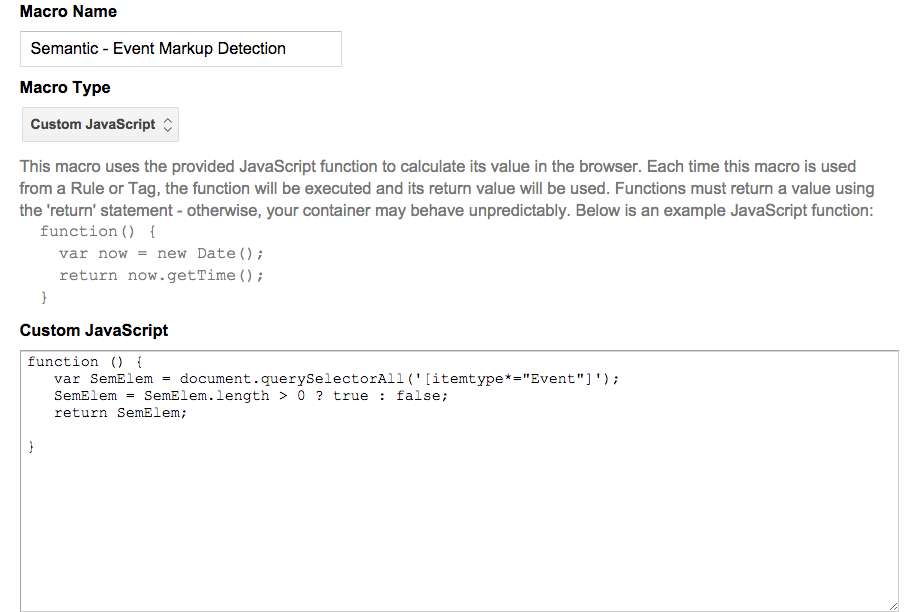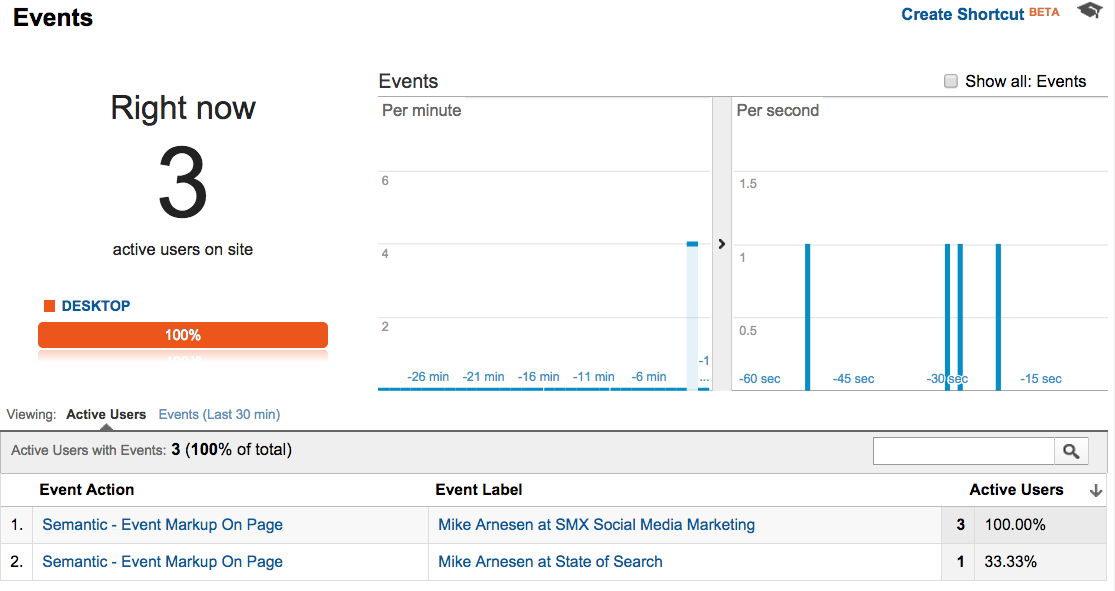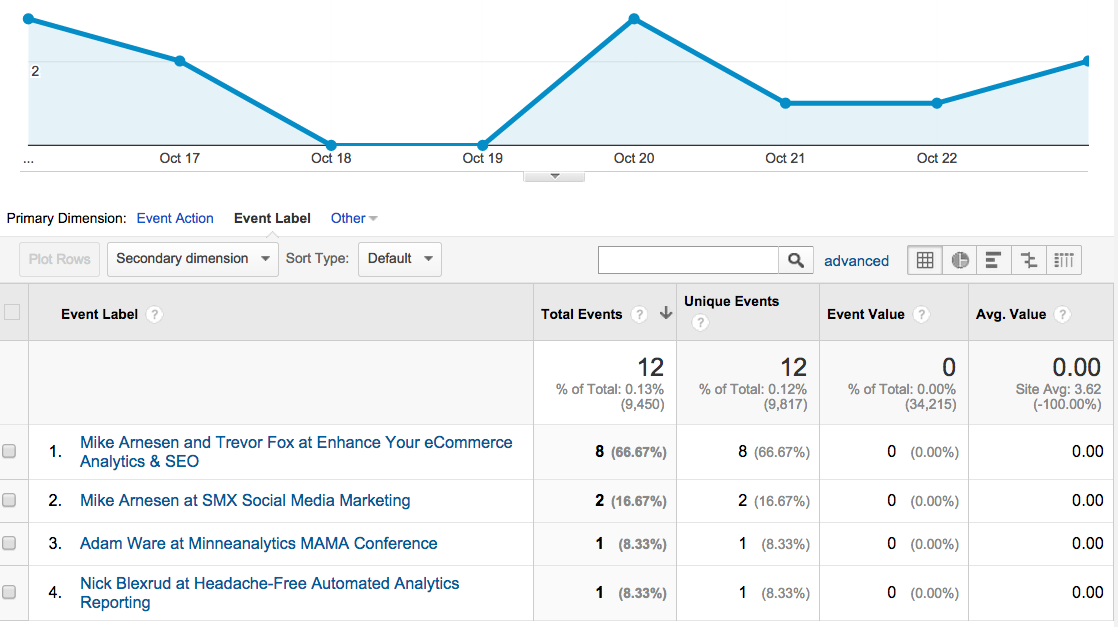How to Include Influencers in Your Content Strategy
Posted by Amanda_Gallucci
This post was originally in YouMoz, and was promoted to the main blog because it provides great value and interest to our community. The author's views are entirely his or her own and may not reflect the views of Moz, Inc.
The first thing most people think when they hear "influencers" is promotion. Important people with an engaged following can amplify the reach of whatever idea, content or brand they choose to share. If you only weave influencers into your content strategy when your finished product is ready to be promoted, however, you're missing out on the full potential of having respected experts on your team.
Knowing when and how they can best be engaged at different stages is critical to moving these leaders from outside influencers to brand partners.
Measure an influencer's true value
In order to find the right influencers to give your content strategy a boost, you first should understand what makes a person an influencer and how influence will play a role within the larger content landscape.
Whether you're looking to build brand awareness or drive traffic, what matters is not sheer numbers of followers, but the amount of engaged followers.
Twitalyzer's analytics provide a good start to assessing who is influential on Twitter. The tool measures not only the potential impact users have based on their number of followers, but also the likelihood that other Twitter users will retweet or mention a particular user.
Beyond finding an influencer who's engaged enough to spread your message, also consider how this person became influential in the first place. Whether he or she has years of experience, brilliant ideas, cohesive arguments or all of the above, consider how you can harness these strengths to maximize your potential for creating a successful relationship. Asking influencers to tweet out a link might give you a bump in traffic, but asking for their opinions, advice and time in different ways will be infinitely more valuable.
Lead with strategy
How influencers fit into your campaign should be determined according to audience research and campaign goals. Know what platforms your target audience interacts with, what interests are strong enough to drive them to take action and who they trust. The more naturally these insights are woven into your content, the easier it will be to find influencers in this segment who will appreciate what you have to share.
Campaign goals are equally crucial because depending on what you want to achieve, you might change the angle of your messaging or favor different platforms. Not every influencer has the same level of activity and reach on every social channel, so identify influencers who are stars on the right platforms. Similarly, tailor your message for each influencer so that anything they share on your behalf looks organic alongside their other content.
Once you have a solid foundation for your strategy, start looking for influencers and begin your outreach process. With enough lead time to send along a beta version or rough draft, you can tweak content based on their feedback. You'll also need allow time for them to collaborate with you on original content, create any sponsored or guest content or write a review or give a quote that you can use on your content's release.
Don't ask for too much of an influencer's time, however, especially if you are asking for offhand feedback and not entering into a paid engagement. Build a relationship before you ask for favors, and even still, make the ask as easy as possible by providing the right amount of background and simplifying what you want the person to do. Rand's Whiteboard Friday on earning the amplification of influencer walks through the importance of the relationship-building aspect and enticing influencers with what's in it for them.
Find influencers
With a clear understanding of the role influencers play within your overall strategy, you're ready to identify the right candidates.
Countless tools are available to help you find influencers in different verticals, so choose based on the action you want the influencer to take. If you are searching for a thought leader who can write engaging content, a tool like ClearVoice will help you find credible authors who focus on a particular topic. For each writer, you can view a list of articles he or she has written on that subject.

When you need social influencers who can help you amplify content, Buzzsumo is a great tool. Through their Influencer search, you can find people who frequently share content on a given topic and can click through to see what these links are.

Another approach to finding social influencers is to search Twitter bios using Followerwonk and sorting by Social Authority.

Engage influencers at different stages
Outreach
Outreach ideally starts with organically following influencers and engaging with them over time. Then reaching out to them via email or social media is less about introductions and more about the specific project you want to pitch to the influencer.
There will also be times when you find an influencer who aligns with your strategy but you don't have the relationship-building lead time. For this cold outreach, write a succinct introduction that includes goals your goals for the content and the benefits the influencer will receive by working with you. Then make your ask. Personalization and quality are key. If you find outreach challenging, this guide from Portent is a great place to start.
Make outreach easier for yourself by using a tool like BuzzStream that automates and tracks the process. It will help you find contacts at certain publishers—giving you the twofold opportunity to pitch your own content as well as get in touch with influential authors. It also generates templated, customizable outreach emails.

Just remember, even if you already have a solid relationship with an influencer, show that you value his or her time. Do as much of the groundwork as you can in advance. For instance, if you want people to share something on social, draft one to three example social posts specifically crafted for each influencer and platform.
Start of relationship
Once an influencer agrees to work with you, provide just the right amount of background information and instruction. This will vary by project and influencer.
For an influencer creating content, define the basics (e.g., article, ebook, video, etc.), in addition to length and editorial theme. Find a good balance between leaving room for the influencer to share his or her expertise, while setting up key points and takeaways you want the content to achieve. You should also create and send an abbreviated style guide. There's no need to disclose every internal note you have, but if you can provide the basic stylistic do's and don'ts, product or company background, audience information, and voice and tone guidelines, you will spend less time on edits and back-and-forths with the influencer. Set clear expectations and schedule benchmark dates where you can check in on progress and make revisions where necessary.
In the case of engaging influencers to amplify content, you won't need to give quite as much guidance on how to craft the social message, but you can still offer suggestions on angles that would work well or any topics or phrases your brand wouldn't want to be associated with. It's also important to provide summaries of any piece of content you are asking influencers to share so that a) if they don't have time to read every word, they still feel comfortable with the concept and b) there won't have to be any guesswork in deciding what part of the content is most important to share.
Relationship maintenance
If your experience with an influencer is mutually beneficial and you know you'll want to partner again, make sure to check in periodically. Don't ask for something new every time you reach out. Keep in touch by sending along interesting content or company updates the influencer might find useful. Better yet, always extend a congratulations on a promotion or a new position.
To ensure you remember to engage with the right people, use tools like Commun.it, which identify the influential people you interact with on Twitter, and prompt you to re-engage with people you haven't @ mentioned recently.

LinkedIn Contacts is also a handy way to keep track of conversations and check on any updates on the influencer's end to look out for opportunities to get in touch.
As you continue to grow existing influencer relationships, adjust your overarching strategy to incorporate more key industry leaders. Create new roles for influencers to play in shaping your content and its promotion.
Always be strategizing
The best way to include influencers in your content strategy is to involve them at every stage of the process, including:
- Creation: Plan out what types of influencers will be helpful and the role they should play based on the target audience and campaign goals.
- Implementation: Share a strategic brief with onboarded influencers and leave flexibility for changes based on the influencer's feedback.
- Measurement: Factor in the reach of influencers as part of the success of your campaign.
Over time, integrating and managing influencer relationships will become second nature, and they will seem more like team members and partners.
Sign up for The Moz Top 10, a semimonthly mailer updating you on the top ten hottest pieces of SEO news, tips, and rad links uncovered by the Moz team. Think of it as your exclusive digest of stuff you don't have time to hunt down but want to read!































Get Social